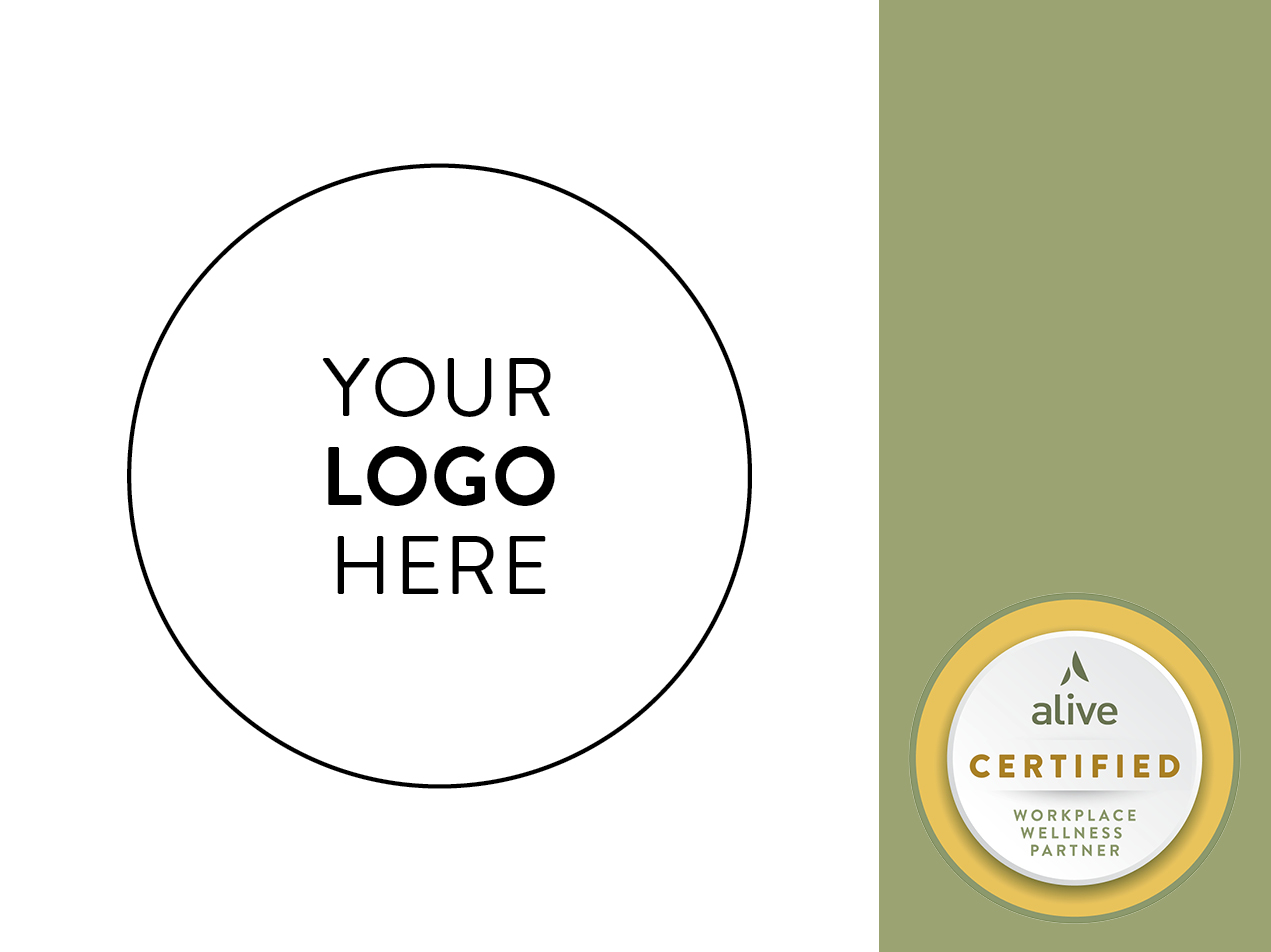
When is the last time you truly rested? As the year draws to a close and a new one is set to begin, let’s recommit to rest.
According to registered clinical counselor Laura Henderson, rest refers to the act of giving our bodies and minds a break from constant stimuli. “Our society’s ‘hustle culture’ doesn’t value rest,” Henderson explains, “but rest is essential to mental health.”
Regular rest is thought to help us
- heal our bodies
- reduce stress and feel calmer
- be more productive and more creative
Types of rest
According to author, physician, and researcher Dr. Saundra Dalton-Smith, people need seven types of rest to help recover from spending energy in seven key ways.
Type of rest |
Example |
| physical rest | either passive, such as sleeping, or active, such as massage therapy |
| mental rest | taking small breaks in your workday |
| sensory rest | taking breaks from screen time |
| creative rest | experiencing art or nature |
| emotional rest | includes everything from setting boundaries to expressing your emotions |
| social rest | focusing on relationships that lift you up |
| spiritual rest | finding belonging and purpose in your life |
Taking some time to contemplate each of these types of rest can help us uncover gaps and come up with an action plan. To start, it could be as simple as taking 10 minutes to savor a cup of tea every morning without any screens or distractions or committing to a daily after-dinner neighborhood stroll.
Another example is to adopt the “walk, window, water” tactic at work, explains Henderson. That means taking a strategic break every hour or 90 minutes in which you get up and walk to a window, gaze far into the distance (preferably at something in nature, such as a tree), and have a sip of water. This can give our busy minds a moment to calm down.
Your own personal recipe for rest
It’s important to remember that our need for rest is highly individual. To find truly restful activities for you, Henderson suggests checking in with your body and how you’re feeling as you go through your day. For example, you might find baking meditative … or you might find it stressful.
Our need for rest is also prone to change throughout our lives. If you’re a parent of young children, you may find that you crave some time alone or with your partner to recharge and reflect away from your kids. If you’re an introvert with a high-pressure career, you may find that you need extra rest after networking events.
Proactive rest in the workplace
Many progressive workplaces are embracing “proactive rest” to help increase productivity, reduce the risk of burnout, boost creativity and problem-solving skills, and improve employees’ quality of life.
Within a workplace setting, proactive rest can look like the following.
- encouraging active breaks throughout the day
- advocating for work-life balance
- enabling flexible working arrangements
- providing resources for self-care and stress reduction
- offering wellness programs
By Leah Payne


